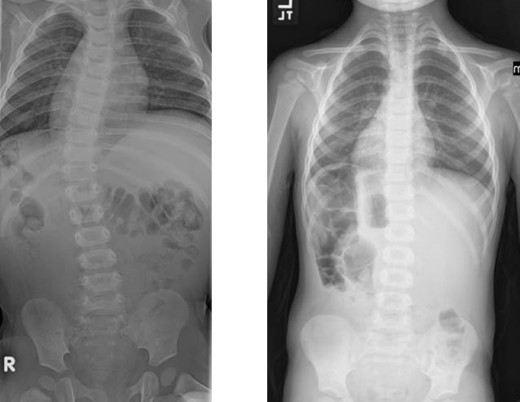The process starts weeks before pediatric orthopedic surgeon Sumeet Garg, MD, ever makes an incision. In some ways, it started five years ago, when Dr. Garg and Mark Erickson, MD, Medical Director of the Spine Program at Children's Hospital Colorado, convened a weekly meeting. The first of many like it, that crucial meeting laid the foundation for what has become one of the safest, most effective, most advanced spine surgery protocols in the world.
"We got together anesthesiologists, surgeons, nurses, ICU doctors and quality improvement specialists in a room and went over the whole chronology of care, from admission to ICU to recovery," says anesthesiologist Mindy Cohen, MD.
It took many sticky notes to fully map the surgical process of safely straightening a child's spine, an operation that involves many hours, numerous specialists, potential for significant blood loss, and a variety of surgical instruments. In the process, the team identified dozens of areas for improvement, large and small.
"It changed how we practice," says Dr. Erickson.
The road to spine surgery improvement
Before, doctors made decisions pretty much independently. Surgeons and anesthesiologists worked in their own way, and the anesthesiologist dropped off the patient at the ICU afterward to be restored to health by yet another set of doctors. Patients often required extensive medical resuscitation in the hours after operation, which often included blood pressure medications and blood transfusions.
"For a planned surgery, it was disconcerting to see patients so unstable afterward," says Dr. Cohen. "We knew we could do better."
The road to improvement has involved big-ticket upgrades ranging from 3D-printed spine models to systems that collect a patient's own blood from surgery and recycle it back into the body. But many of the most effective changes have also been the simplest: process standardization, better planning, better care handoffs, a dedicated team.
The benefit of innovation
The outcomes have been astonishing. Quality and patient safety measures don't generally get a lot of play in the academic research world, but Drs. Garg, Erickson and Cohen have published extensively on their results. Patients go home several days sooner than national averages, often staying out of the ICU altogether. The rate of infection has dropped dramatically. The rate of blood transfusion has, too.
"Average blood loss is a third to a quarter of what was two years ago," says Dr. Garg. "In more medically complicated patients, the transfusion rate has dropped from nearly 100% to 50%. In otherwise healthy patients, it used to be about 65%. Now it's less than 5%."
Featured Researchers

Sumeet Garg, MD
Pediatric orthopedic surgeon
The Orthopedics Institute
Children's Hospital Colorado
Associate professor
Orthopedics
University of Colorado School of Medicine

Mark Erickson, MD
Medical Director, Spine Program
The Orthopedics Institute
Children's Hospital Colorado
Professor, fellowship director
Orthopedics
University of Colorado School of Medicine





 720-777-0123
720-777-0123










